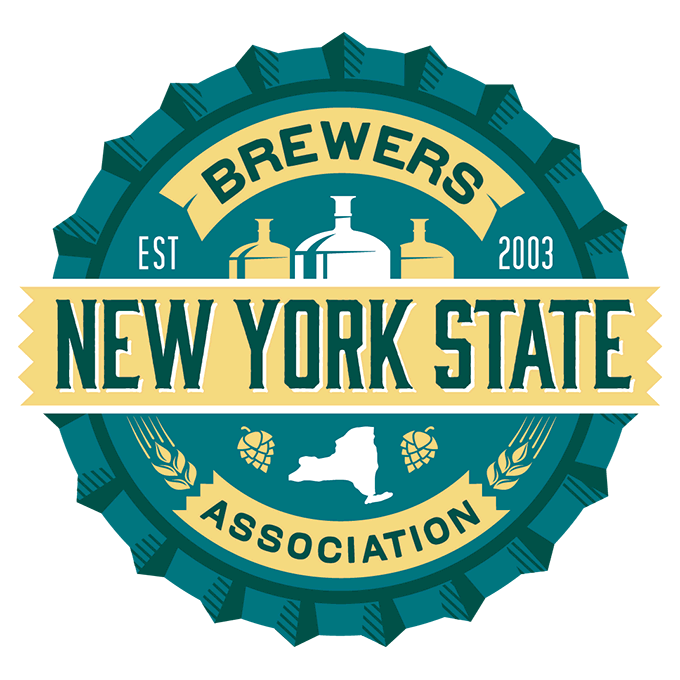
Each year it seems to happen in the blink of an eye. The hot summer days of August become a thing of the past. Children grab their backpacks and head back to school, the NFL finally returns, and we welcome the beauty of the fall season across all of New York with the stunning fall foliage, apples, pumpkins, and cool crisp nights.
Fall is also the perfect time to start planning for the inevitable winter season which will (gasp!) be here before we know it! We gather fire wood, winterize our boats, close our pools, schedule our chimney cleaning, and get our heating systems tuned-up.
But what exactly does winter mean for your brewery and how can you plan now to avoid unexpected pitfalls later?
First and foremost, colder weather means everyone, business and homeowners alike, must consume more energy in order to stay warm. As such, energy often gets treated as a necessary evil, or, at worst, it is ignored all together. But whether we like it or not, energy, in its various forms, touches all areas of our lives and your brewery business frankly deserves much more attention than it gets. Why? Because energy is an operating cost that many business owners often ignore.
Understanding how energy is used throughout your brewery operation can turn a perceived “necessary evil” into a competitive advantage.
Knowing and understanding how energy is used and where the largest use resides in your business will provide a first step in managing your brewery’s overall energy costs. This leads to improved efficiency that will allow for long-term cost savings and improved competitive position in the marketplace.
Energy usage in breweries varies depending on size, location, and product. Refrigeration generally creates the largest electrical load, while brewing consumes the largest amount of natural gas (used for heat). Energy usage also varies among brewpub operations. Food preparation and Heating Ventilating and Air Conditioning (HVAC) consume the greatest amount of energy.
Energy used in a brewery typically breaks down into two primary units. Thermal energy in the form of natural gas is used to generate hot water and steam, which is then used in brewing, packaging and general building heating. Electrical energy is used to power all equipment, with the largest user typically being refrigeration. Thermal sources average 70% of the energy consumed in breweries, which makes it a major concern heading into winter when the usage and prices of heating sources like natural gas and oil are at its highest. (supply and demand!)
During the mild temperatures of spring and fall, or what the energy industry refers to as “shoulder months,” many of us don’t use heating or air conditioning very often. Our energy bills are typically lower, which makes it easy to forget about. With the arrival of sustained colder temperatures in winter, heating systems run more frequently and for longer periods of time. Energy bills usually start increasing in October and peak in January or February, but by then it’s too late to react, causing consumers to pay top dollar for energy in order to keep their business running without interruption. In order to prepare for these higher energy usage months, fall is the perfect time to reflect on the significance of winter electricity and gas costs. With colder temperatures comes higher demand for heating-related energy, and with higher demand comes higher prices. Now is the time to look into market volatility mitigation strategies for your brewery. Take the time to talk to an Energy Advisor before Old Man Winter makes his inevitable return. You’ll be glad you did.